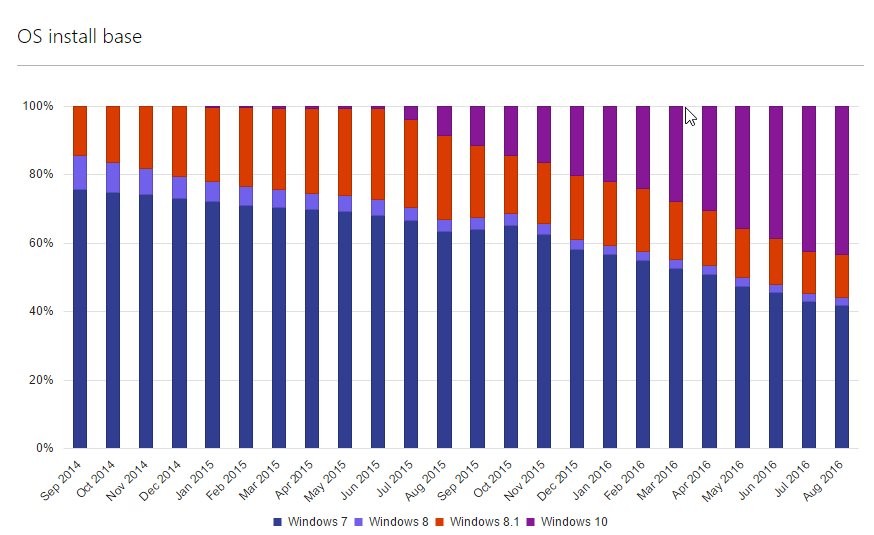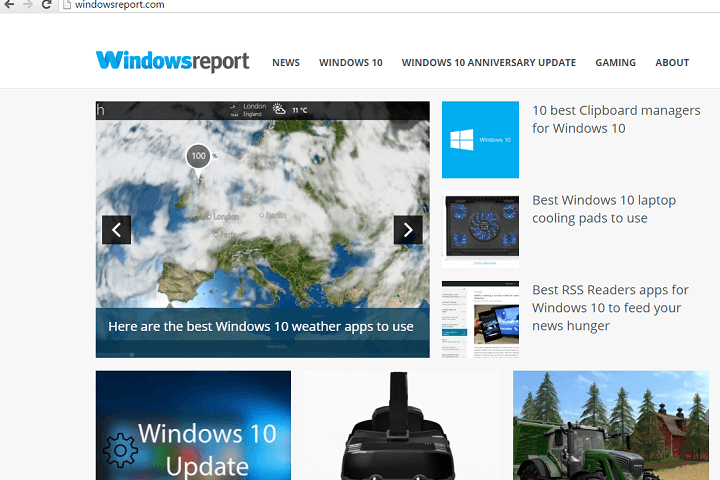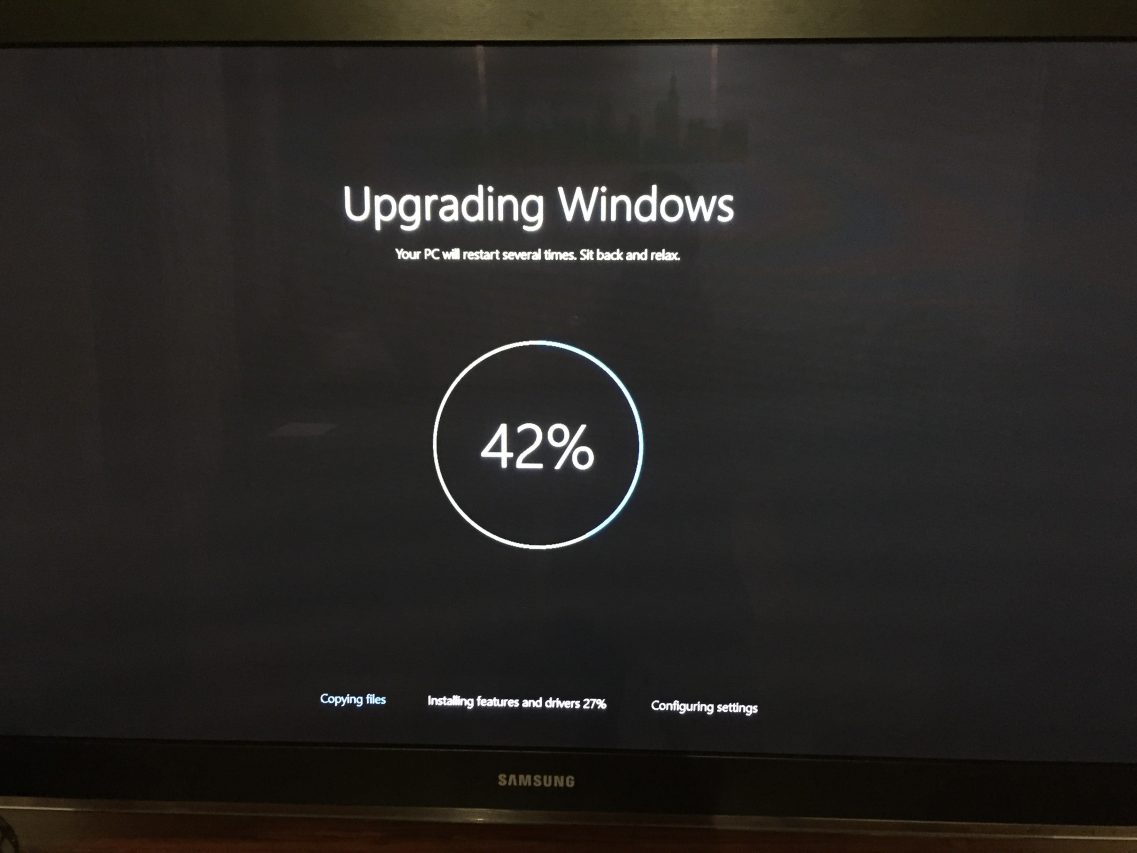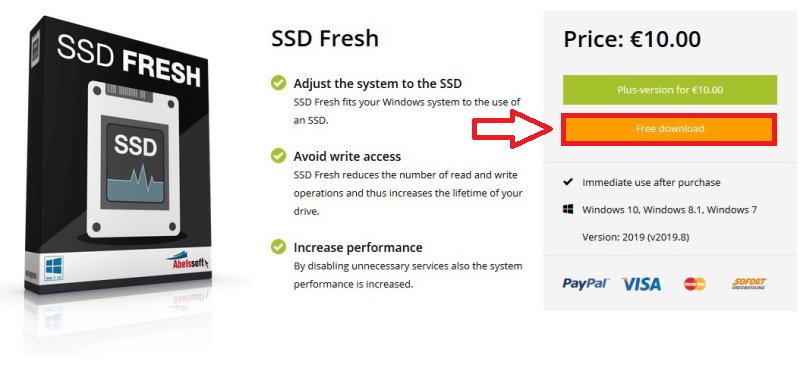If you are using bootable installation media to perform a clean install on a PC that has never been upgraded to Windows 10 and activated, you will need to enter a product key. You can enter a product key from Windows 10 or from a matching edition of Windows 7, Windows 8, or Windows 8.1. Residents of the United States who don't own a qualifying Windows license can skip entering a product key and purchase a license online from the Windows Store after setup is complete.
This wikiHow teaches you how to install Windows 10 on your PC. The following instructions show doing a clean install, no programs or data will be kept. Any programs not supported by Windows 10 may be left out, otherwise the programs will be there, and all your files will remain. The installation process of Windows 10 has two main parts, including the setup and out-of-box experience . The out-of-box experience happens after the setup is complete, and it's the stage where you'll configure your settings, such as region, network, account, privacy, and other settings. Once downloaded, this ISO download tool makes it easy to turn any USB key into a bootable Windows 10 installer and allows you to download the Windows 10 ISO file for future use.
When the tool downloads, run it. A terms-of-use screen will pop up, and you'll need to then click Accept. You must then confirm whether you want to upgrade your current PC or create installation media for another PC.
After you complete the steps, Rufus will download the ISO file from the Microsoft servers, and it'll create the bootable media to perform a clean install of Windows 10. The setup takes a couple of seconds to start and asks you to enter the product key for Windows 10. If you are reinstalling Windows 10, click or tap that you do not have a product key, and your copy is automatically activated later.
You can also clean install Windows 10 without providing the key if you click or tap on "I don't have a product key." Once you have the license and you are ready to install windows 10, go to the following link in order to download the windows 10 installation media tool. This will be titled "Create Windows 10 installation media" with a link provided.Click on the following link to open the Microsoft support website to download the tool now.
If you already have a backup of the device and files. The computer is configured to start from a USB flash drive, and non-essential peripherals are disconnected. Then you can skip this part and jump to bootable media creation and a clean install process. Whether your PC came with a Windows 10 license or you previously took advantage of the free upgrade offer, you won't need to enter a license key during this process. Your Windows 10 license will be automatically acquired from your PC's hardware or via Microsoft's servers. If you downloaded a Windows 10 ISO to install later, you need to create bootable Windows 10 installation media using an ISO burning tool.
You can burn the Windows 10 ISO to a USB flash drive or a disc. You'll find instructions for both options below. Beginning with version 1903, Microsoft began offering feature updates for installation separately from security and reliability updates.
The company says these updates will not be downloaded or installed automatically unless the current version is at or near the end of its support window. For more details about these changes, see "Windows 10 Home edition users are big winners as Microsoft overhauls its update process." If you are running any unmanaged edition of Windows 10 using default settings, these feature updates are delivered through Windows Update.
In versions prior to 1903, feature updates download and install automatically. You can schedule the installation for a more convenient time or postpone it for a few days, but you cannot delay the update indefinitely. The Go Back feature, which allows you to reinstall a previous version of Windows, is available for 10 days after upgrading to Windows 10 . The Windows installation files occupy a large amount of hard drive storage space during that time.
The files are deleted automatically after 10 days. However, you can delete them manually if you want to free up storage space before then. If you don't want to upgrade from an existing Windows installation, you can download the official Windows 10 installation media for free from Microsoft andperform a clean install.
To do this, visitMicrosoft's Download Windows 10 page, click "Download Tool Now", and run the downloaded file. Select "Create installation media for another PC". The process for installing Windows 10 on a new computer without an operating system is exactly the same as it would be if you were doing so on a computer with an operating system. The only caveat to that is that you need the installation media, whether that's a Windows 10 disk, or a bootable USB drive with Windows 10 installation files loaded on it. Getting that can be a little harder without an active PC. On the next screen, if you're looking to install Windows on your PC, select the ISO File option.
Doing so will save a file that you can click later to upgrade your PC to Windows 10. For most people, the ISO file is the safest method. After selecting ISO File, click Next, and select where to save the ISO file. Once the download is complete, you will have the ISO file on your computer's hard drive. If you choose to install directly to a USB or disc, follow the onscreen instructions to complete your installation. If you're installing Windows 10 further down the line, read the next section on how to create bootable media.
I always have my current version of windows on a flash drive for this. You can also update to the new version of windows this way without using windows update. That's how I update when I'm ready to go to the newest version because my internet connection at home is horrible so I download it somewhere else. Windows 10 Home costs $120 from Microsoft, and Windows 10 Pro costs $200.
Prices from third-party sellers, including Amazon, are typically lower. Depending on how you purchase, you'll receive installation media or a product key and instructions for downloading installation media. Simply navigate over to the Windows 10 installation site, scroll down to the Create Windows 10 installation media section, and then hit the Download tool now button.
This will download the latest version of the Media Creation Tool onto your machine. On Windows 10, a clean installation defines the process to wipe out the hard drive and start from scratch with a new setup when the device is having problems. For instance, this method can resolve memory, startup, shut down, apps, and performance issues. In addition, a fresh install can improve battery life, and it's perhaps the best approach to eliminating viruses and other types of malware. Complete Windows 10 installation. Now the installer tool will guide you through the rest of the process.
Just follow the steps to complete the installation process and you'll have Windows 10 installed on your device at the end of it. During our tests, we discovered that, in some cases, the Windows 10 installation process might not offer you the option to create a local (non-Microsoft) offline account. If you are not comfortable sharing your data with Microsoft, avoid connecting your computer to the internet before the installation is complete. This ensures you can finish the Windows 10 install process using a local account without being forced to create a Microsoft account to finish the process. You can download the official Windows 10 installation media for free from Microsoft and complete a clean install. When you finally get to the Windows 10 desktop, connect to the network and allow a bit of time for Windows 10 searching for drivers for your hardware.
The screen resolution may be wrong but will be all right after drive update. And you will have to manually transfer your files and install the apps once Windows 10 is installed. It's at the top of the "Which type of installation do you want?" window.
This option installs Windows 10 while preserving your files, apps, and settings.You can click Custom instead to clean install Windows 10 on your computer. Doing so will prompt you to select a partition to format before continuing. To complete your unattended Windows 10 installation media, follow the Make Windows 10 Installation Media section covered earlier in the article.
When you finish burning the Windows 10 installation to your USB flash drive or disc, you must copy the Autounattend.xml file into the root directory, alongside the installation files. The first and most obvious choice for creating Windows 10 installation media is the Windows Media Creation Tool. This application allows you to download the Home or Pro versions of Windows 10, and you can pick from the 32-bit or 64-bit version for both.
Following your selections, you can choose to install directly to a USB drive or download a single or dual-use ISO to install to a disc at a later time. To boot from USB, you need to change the boot order in your computer's BIOS. Before you can install Windows using a USB, you need to create the installation media itself. This will be read by your computer once the USB flash drive is connected, allowing it to boot from USB. Below are the steps to create this bootable USB flash drive using the Media Creation Tool issued by Microsoft.
Each feature update delivered through Windows Update requires roughly 3 GB of bandwidth and disk space. Visit the Download Windows 10 page and click Update Now to start the process. This free download allows you to create a bootable USB flash drive directly. Eventually, you'll get to a screen that says "Ready to install". By default, it's set to "Keep personal files and apps".
If you click the option to change it, there are two other options. You can choose to keep just files , or nothing at all. With the default, you're upgrading the same way you did above.
If you choose nothing, it's a clean installation. You're going to see an option to either upgrade the PC you're using, or create installation media. Choosing the latter will simply create an ISO that you can save and reuse. You can actually open that ISO and continue with this tutorial. Choosing the first option will download the media and move you forward with upgrading your PC. Once you complete the steps, if Windows Update finds any updates, it'll automatically download and install them.
A restart may be required to complete the update process. Once you complete the steps, the computer will start from a USB flash drive to proceed with the clean installation process. Installing from a USB drive is definitely the preferred option but you can also install from a CD or ISO file. Once you choose your device, the installer tool will download the required files and put them onto your drive.
Create USB installation media. Visit Microsoft's Windows 10 download page and select "Download tool now" under the "create Windows 10 installation media" section. Transfer the downloaded installer tool to a USB drive.
You'll select the language and edition of Windows you want as well as whether it will be 32-bit or 62-bit, and then select the type of media you want to use. Installing from a USB drive is easiest, but you can find details on using a DVD and ISO file here. You'll then choose your USB drive from a list of drives, and the tool will download the necessary files and put them on the USB drive.
Under theCreate Windows 10 installation media, click on theDownload tool nowto download the media creation tool. Do you have a Mac that can run Windows 10? Make sure you have at least 64GB of free space on your hard drive for the Windows installation. During the installation process, you can set the Windows partition to whatever size you want, as long as the drive has enough storage. Before you start, you should have the Windows 10 product key, even though you can install it without one. However, you cannot fully use Windows 10 until you activate it and provide the product key.
We recommend using a working internet connection and a Microsoft account. 1.Click Here to download this tool and run it. When asked, accept Microsoft software license terms and then choose "Create installation media for another PC" before you click Next. Traditionally, users download the ISO files of Windows 10, burn them to DVD via third-party software, and then install Windows 10 from DVD. Now things get much easier, Microsoft offers a user-friendly Microsoft Media Creation Tool to help you get the installation media ready.
A 64-bit version of Windows 10 Home or Windows 10 Pro on a disk image or other installation media. If installing Windows on your Mac for the first time, this must be a full version of Windows, not an upgrade. The free ISO file isn't a free Windows license. It's just a more convenient way to install Windows 10. Mac users, custom PC builders, and anyone installing on a virtual machine will need a product key to install Windows 10 legally. They can buy Windows 10 Home for $139.
You will need a valid Windows 10 product key to install Windows 10. On computers currently running Windows 7 or Windows 8/8.1, this isn't a problem. You can upgrade in place, and Windows 10 will detect your previous license. Failing that, you can use the product key on your device — look for a sticker.

























